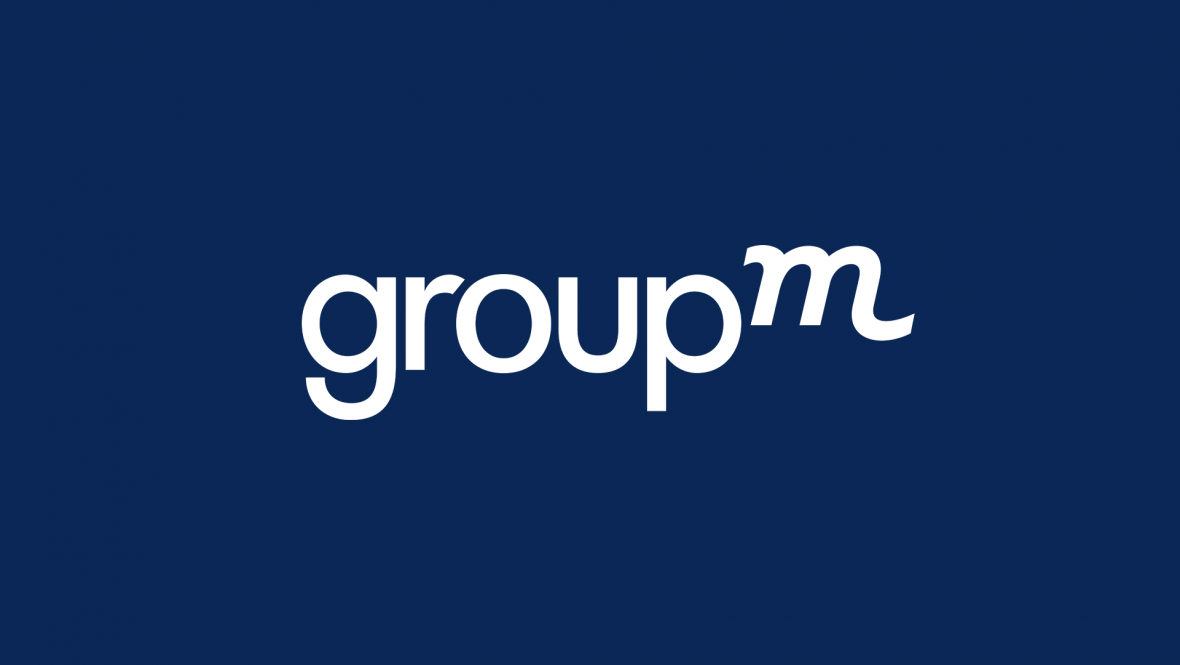GroupM and PubMatic: A new era of CTV and video buying
- POV’s
- May 10, 2023
This is an original story from Campaign. Click here to read the full story.
“Programmatic was meant to drive precise efficiency. Instead, we have a confusing web of players, all seeking to differentiate themselves”, says Axel Jonuschies, GroupM’s managing partner for global programmatic investment.
GroupM has been working to change this. Partnering with PubMatic, efforts have centred around creating a supply path optimisation (SPO) solution that streamlines video and CTV deals for buyers and sellers. The GroupM Premium Marketplace (GPM), an initiative that provides GroupM clients with direct, transparent and efficient access to CTV and online video inventory, is built on PubMatic technology and will now extend to PubMatic’s newly launched Activate product.
According to Emma Newman, PubMatic’s EMEA CRO, Activate sums up the key goal of driving simple efficiency and brings automation to the pool of CTV and video inventory still using non-programmatic insertion orders.
We sat down with Newman and Jonuschies to learn more about a new era of video buying across the open internet.
What are the most significant issues that affect media supply chain integrity?
Jonuschies: “Programmatic is grappling with issues driven by its success: overcrowding and complexity. Automated trading has opened up greater reach and monetisation scope, but as growth and innovation have naturally brought more players into the space, supply paths have become swollen with additional ‘hops’ that are spiralling out of control.
It’s hard to find the most efficient path, while buyers and sellers are often in the dark about how deals are managed, who they are trading with, where to spend and revenue flow.”
Newman: “Adding to these issues is fragmentation, particularly in the TV sphere. Changing attitudes towards the big screen and viewing habits have seen audiences splinter, exacerbating the ability to identify and engage the right consumers across platforms and services. It’s clear the industry needs to transform.”
Can you highlight some examples of these factors’ role in creating an efficient media supply chain and what happens when things go wrong?
Newman: “The net outcome of opacity and isolation in the media supply chain is dissatisfaction for everyone. Brands, agencies, publishers, and vendors are not seeing the benefits they should. It would look very different if the programmatic supply chain were created today — especially for direct opportunities. It would be much more efficient if all buyers could work programmatically.”
Jonuschies: “An integral practical element of that is cutting out unnecessary complexity. When publishers present the same impression to 10-plus SSPs and those SSPs then connect to unlimited DSPs, it creates massive duplication.”
Are there any specific nuances in video and CTV that people should be aware of?
Jonuschies: “We’ve transitioned away from traditional TV models, where ad slots were purchased from a handful of linear broadcasters to power mass exposure. Although this shift hasn’t disrupted every market, the general norm is scattered audiences viewing siloed, digitally-delivered content. Consequently, buying isn’t easy. Meeting volume expectations is tougher, requiring more work by the agency to find sufficient numbers of relevant audiences.”
How are media agencies such as GroupM tackling these issues? And what does the future of the supply chain look like to your business?
Jonuschies: “Big supply chain costs have posed a significant barrier to modernisation on the sell side, with publishers reluctant to retire IO booking mechanisms that give them 100% of ad budgets. To tackle this hurdle, we’ve been developing options that retain the key benefits of direct IOs but also make efficient use of programmatic pipes for premium media trading.
Over the past seven years, GroupM has increasingly harnessed SPO to improve control, shorten supply chains, and enhance outcomes for buyers and sellers, with automated tools to apply instant optimisation across our DSP seats worldwide. PubMatic has long been a vital partner in this journey and, so far, we’ve seen outstanding results across the UK and German marketplaces when compared to video PMP deals. This includes win-rate increases that range up to 80% and average at 50%, on top of 10% CPM declines.
With PubMatic’s Activate, GroupM clients can now buy GroupM GPM inventory on a guaranteed basis more efficiently and directly. It is also an opportunity for us to bring clients who heavily rely on direct IOs into the programmatic world.”
What changes can we realistically expect to happen next but will take longer to put in place?
Newman: “For us, one of the biggest immediate changes is, of course, Activate. PubMatic is uniquely positioned to transform how digital media is bought and sold – not only using our well-established publisher technology but also recently acquired media measurement and reporting capabilities. By building a sustainable, responsible and value-focused media supply chain, we can enhance synchronicity and clarity between buyers and sellers.”
Jonuschies: “In the mid- to long-term, I expect biddable programmatic will remain strong, but there will be an increased emphasis on performance-based campaigns, as well as e-commerce and retail business. In the TV arena specifically, premium online video inventory will become one with broader TV, just activated in a different way.
Lastly, working collectively is paramount to keep moving forward and ensure all areas of the industry thrive.”
